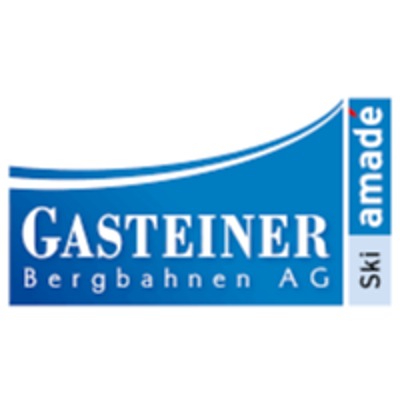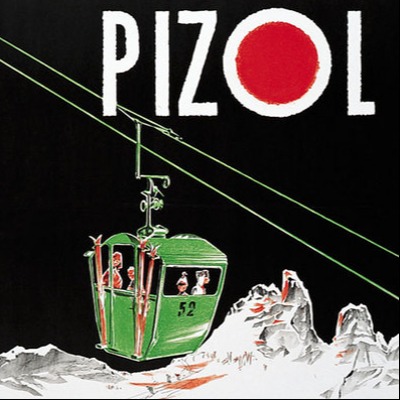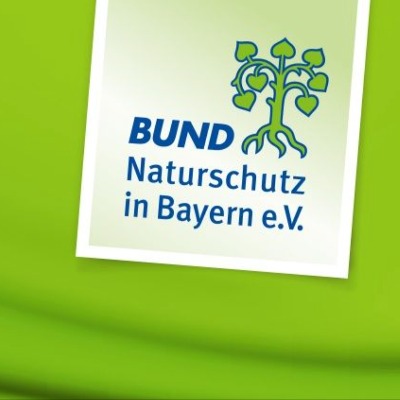Amer Sport Q3 Financials - Sales Picking Up

Driven by apparel, direct-to-consumer and China, Amer Sports reported sales on a currency-neutral basis rose 3 percent in the third quarter, accelerating from a 1 percent gain seen in the second quarter.
Benefiting from a cost restructuring program initiated earlier this year, earnings before non-recurring charges also showed improvement. The sports conglomerate kept its outlook unchanged for the year.
Sales eased 0.5 percent to €733.2 million.On a currency-neutral basis, sales grew 2 percent to €805.2 million in the EMEA region, was flat at €804.6 million in the Americas, and grew 6 percent to €272.3 million in the Asia Pacific.
Gross margins decreased to 46.7 percent from 48 percent due to less favorable hedges partly offset by the increased share of own retail and e-commerce sales.
Earnings before interest and taxes (EBIT) before non-recurring items improved 2.3 percent to €109 million. Increased sales in local currencies contributed to EBIT by approximately €8 million. Declining gross margin had a negative impact of approximately €10 million on EBIT. Operating expenses decreased by approximately €12 million. Other income and expenses and currencies had a negative impact of approximately €7 million on EBIT.
Net earnings after charges slumped 28.2 percent to €50.6 million. Earnings before interest and taxes (EBIT) were also down 28.2 percent to €74.7 million.
In the Outdoor segment, sales increased 0.7 percent to €509.1 million and advanced 3 percent on a currency-neutral basis.
“The wholesale market, especially in the US, continued to be challenging. At the same time, own retail and e-commerce continued to perform well,” Amer said of the Outdoor segment.
The strongest category performance in the Outdoor segment came from Apparel, (Salomon, Arc’teryx), which climbed 7 percent on a currency-neutral basis to €153.1 million.
On a currency-neutral basis, Footwear (Salomon, Arc’teryx) grew 2 percent to €144.6 million. Amer said “wholesale customers remain reluctant to take inventory positions, and rather rely on in-season orders. Footwear sales were also adversely impacted by global distribution consolidation, and volatility in Latin America.”
Winter Sports Equipment (Salomon, Atomic, Armada) added 3 percent in the quarter on a currency-neutral basis to €142.1 million. Amer noted that as reported when it released second-quarter results, pre-orders for the second half of the year are up 5 percent for Winter Sports compared to the previous year.
Cycling (Mavic, ENVE) declined 7 percent currency-neutral to €31.5 million. Amer said sales ”were still adversely impacted by high OEM and retail inventories.”
Sports Instruments (Suunto, Sports Tracker) fell 3 percent on a currency-neutral basis to €37.8 million. Amer said “demand for new Spartan product family continued to be strong, but the sales were below last year’s level due to significant pipeline filling shipments in September 2016.”
By region, sales grew 2 percent to €297 million in the EMEA, inched up 1 percent to €146.6 million in the Americas and jumped 9 percent to €65.5 million in the Asia Pacific.
EBIT before non-recurring items for the Outdoor segment was essentially flat at €105.4 against €105.5 million in the same period a year ago. Increased sales in local currencies contributed to EBIT by approximately €7 million while lower gross margin had a negative impact of approximately €5 million on EBIT. Operating expenses decreased by approximately €2 million. Other income and expenses and currencies had a negative impact of €4 million on EBIT.
“In the third quarter we returned to profitable growth, as expected,” said Heikki Takala, president and CEO, in a statement. “Growth was broad-based, and in line with our strategy, driven again by Apparel, own retail, e-commerce and China. Encouragingly, we continued to gain speed in Fitness, and we laid foundation for a rebound in Sports Instruments as we rolled out the complete Spartan product family. We made again significant progress in the company omni-channel transformation to win in the changing market place.”
Heikki also said the restructuring, announced in February, is “already delivering significant cost efficiencies, ahead of schedule.”
The February plan, marking an expansion of a cost restructuring program initiated in August 2016, has an objective of reducing operating expenses by approximately 100 EBIT margin basis points by the end of 2018, with full impact of approximately €30 million annually from 2019 onwards.
The CEO added, “Furthermore, we continued to drive cash flow improvement ahead of our target.“
In August, Amer updated its 2020 financial targets. The plan targets annual mid-single digit organic, currency-neutral growth instead of the previous target of €3.5 billion by 2020. The change reflected the challenging wholesale market in the U.S.
The profit goal remained to achieving annual EBIT growth (excluding non-recurring items) ahead of net sales growth.
Takala said the updated program has an emphasis on profitable growth.
“We continue to capitalize on our proven growth drivers, most notably softgoods, direct to consumer, and China, and we are transforming the company at maximum speed to stay ahead of the game as the market place and the consumer habits are evolving rapidly,” said Takala. “In a challenging market, we are making strong progress in executing the strategy, capitalizing on all levers of our value creation model.”
Amer retained its outlook for the current year. Net sales in local currencies are expected to increase from 2016 with growth expected to be biased to the second half of the year. EBIT excluding non-recurring items is expected to be approximately at the level of 2016.













